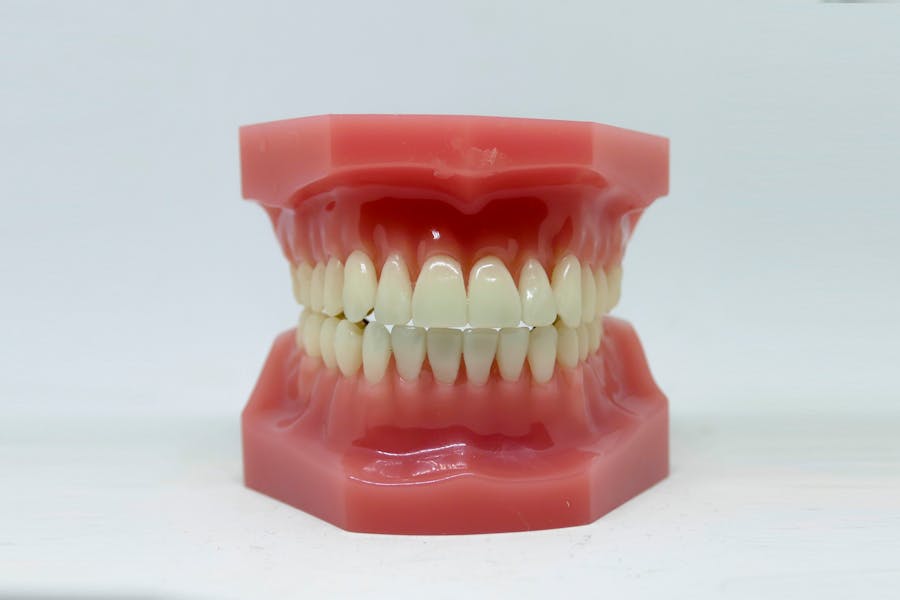How 3D Printing is Changing the Way Kids Get Dental Prosthetics?
3D printing technology continues to be applied in dental practice, particularly in providing dental structures for children. For instance, a dentist in Encinitas, CA may use this technology to fabricate customized prosthetics for children in less time and at a lower cost than would have been the case. Earlier, the fabrication of dental prosthetics like crowns, dentures, and other dental appliances for children used to be a tedious and fairly costly affair.
What Can Be Sought Out from the Use of 3DP Dental Prosthetics in Children?
Another significant advantage associated with making dental prosthetics using 3D printing concerns its financial specifications. The conventional approaches to the production of dental prosthetics include a number of manual steps that may prove costly. The melt of one’s production process also is made cost-effective by way of the implementation of 3D printing.
Thirdly, the whole process of creating, for example, a plastic part for a car, does not require using a mold every time a change is made, which saves a lot of resources that would otherwise go to a failed prototype. All these combine to enable dental clinics and families to incur relatively low costs to ensure that children in need of some prosthetic work have access to dental care services.
How does 3D Printing Enhance the Delivery of Dental Prosthetics for Children?
3D-printed dental prosthetics are also cheaper and this is helping more children to access dental care. Through this program families who previously could not afford dental implants, crowns, or any other dental equipment for their children are now able to. This holds the promise of being helpful in cases where dentistry has rarely been able to reach due to expensive prices or lack of equipment. As for children, they can get the best, personalized prosthetics with the help of 3D printing while avoiding the usual expensive treatments from dentists.
How does the Time Efficiency of 3D Printing Affect the Cost of Pediatric Dental Care?
Factual efficiency is another aspect that determines the cost-effectiveness of this 3D printing in pediatric dentistry. Conventional prosthetics construction could last from a few weeks to several months and that not only hampers treatment but also makes it expensive through increased time utilization and costs. Its advantage over conventional methods is apparent; an architect will only need a fraction of the time taken to design a building, further saving on follow-up visits and costs.
From the dental practices’ aspect, this enhancement of workflow entails the increment of the number of patients treated, which in turn increases the economic profitability of practices. To the families, a short duration of treatment is desirable since it comes with little or no pressure and financial concerns stemming from long durations of treatment.
Conclusion
3D printing technology is revolutionizing how children receive dental prosthetics as well as making it cheaper, more efficient, and more accessible to families and dentists. It is cost- and time-saving for all the promotional parties that customized, high-quality prosthetics can be made faster. 3D printing is still a young technology, and only anticipate that it will bring more significant change to the pediatric dental industry, which can help more children get the dental treatment they need, but without high costs.

